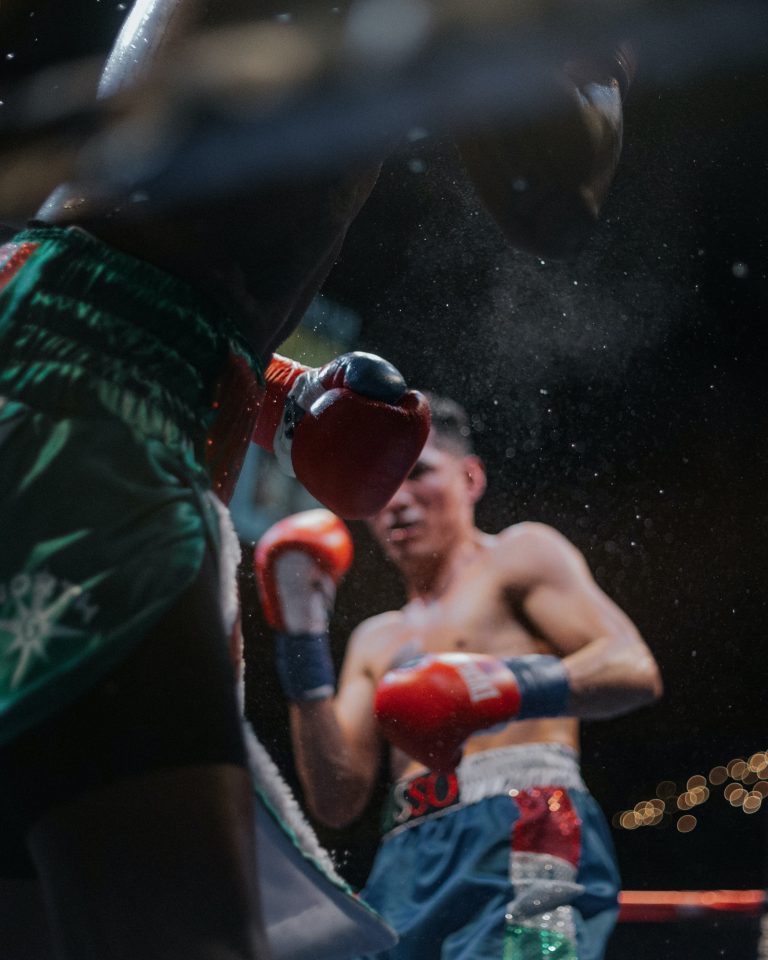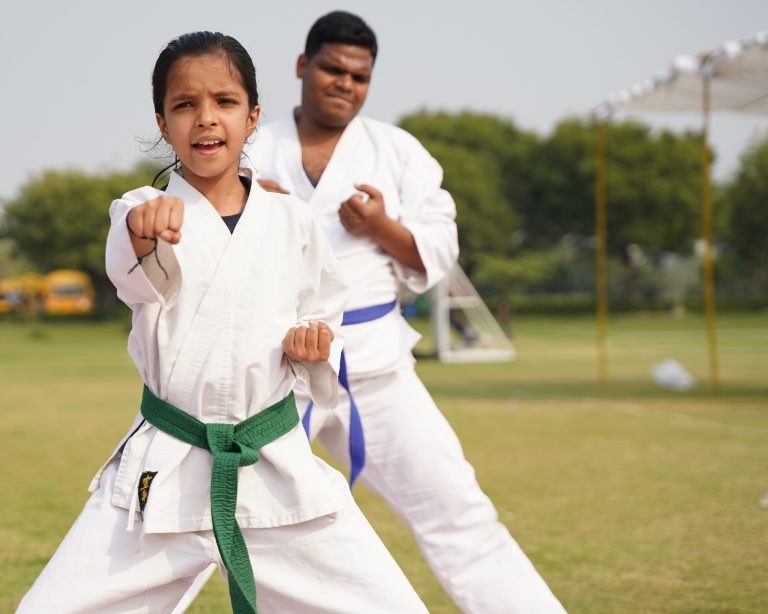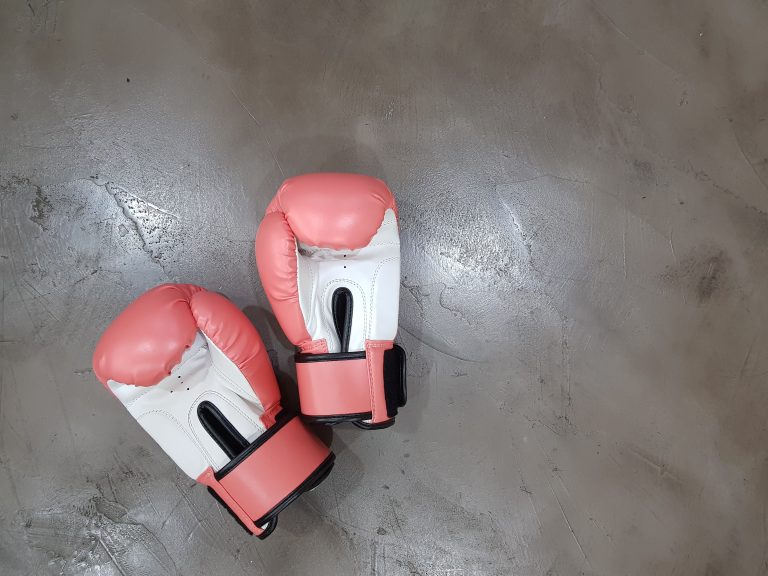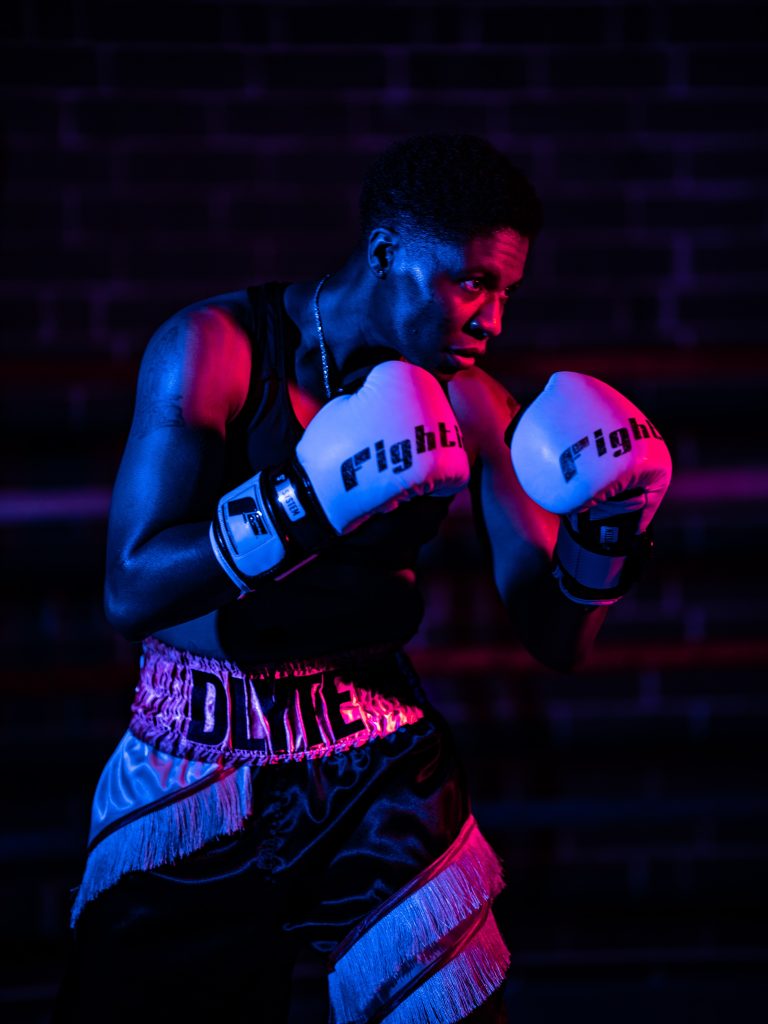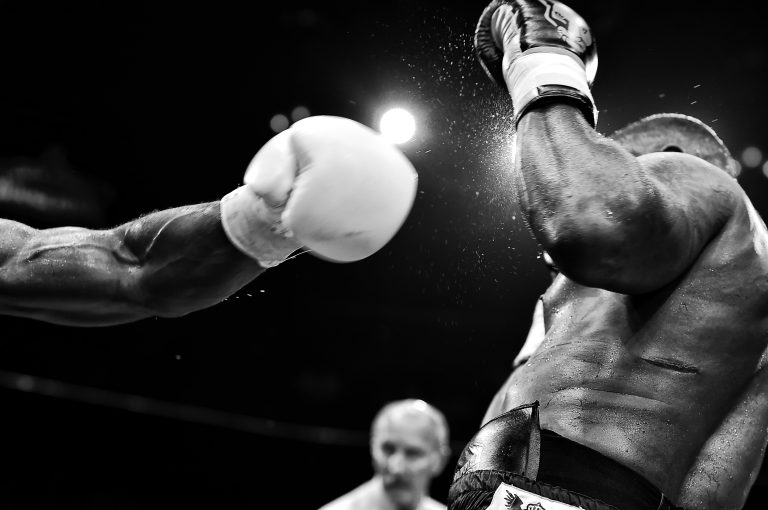Karate Techniques: How to Master Them
Karate is an ancient martial art that combines strength and agility, giving practitioners an effective self-defense system. A mastery of karate techniques can take years of practice and numerous hours of study. In this blog post, we’ll explore some of the most important karate techniques and how to become proficient in them.
What Are the Elements of Karate?
Karate consists of three core elements – kihon (basics), kata (forms), and kumite (sparring).
Kihon refers to the basic techniques that make up karate such as kicks, punches, blocks, and stances. It’s important to master these basics before moving onto the more advanced techniques. Additionally, it is important for practitioners to understand the intent and purpose behind each move in order to truly master it.
Kata is the formal practice of predetermined movements in karate. Each kata is composed of a series of linear and circular movements, with practitioners going through the motions in a slow, methodical manner. Kata can be thought of as a choreographed martial-arts dance.
Finally, kumite refers to the sparring aspect of karate. This is where practitioners use karate techniques against another person in a controlled setting. The goal here is to properly apply the techniques and principles learned in kihon and kata, as well as develop self-confidence and an understanding of one’s self-defense capabilities.
Karate Techniques to Master
Below are some of the main karate techniques that all practitioners should master:
Stances
One of the first techniques that must be mastered is basic stances. Stances provide a foundation for delivering successful strikes and blocks, by helping the practitioner maintain a stable posture while moving around. There are various stances in karate, but the most important ones are:
- Za’ai-dachi or forward stance – One foot is placed in front of the other with its heel up.
- Kokutsu-dachi or back stance – The stance is similar to a “horse-riding” stance.
- Zenkutsu-dachi or side stance – One foot is placed forward with the other at a 45-degree angle.
- Kiba-dachi or straddle stance – Both feet are placed parallel, but slightly wider apart than usual with knees slightly bent.
Blocks
Blocks are defensive maneuvers that allow a practitioner to reduce the impact of an opponent’s attack, allowing for a counter attack. The most common blocks in karate include:
- Ude-uke or forearm block – the practitioner guards against the strike by holding their arm vertically in front of them.
- Age-uke or rising block – Also known as an “eagle” block, this allows the practitioner to deflect high punches.
- Gedan-uke or down block – Commonly used against low kicks and sweeps.
- Shuto-uke or knife hand block – Generally used against high attacks like punches and chops.
Strikes and Punches
Karatedo involves striking the opponent using only parts of the hand that have been hardened and toughened from training. The five main strikes in karate are:
- Shuto uchi or knife hand strike – This is an open-hand strike that utilizes the knife-like edge of the hand.
- Nukite or spear hand – A striking technique using the sharply pointed fingers.
- Haito uchi or ridge hand strike – Utilizing the bony part of the hand between the index finger and thumb.
- Tettsui uchi or hammer fist strike – A clenched fist that strikes with the bottom two knuckles.
- Kentsui uchi or fist strike – Striking with a closed fist, as seen in traditional boxing.
Karate practitioners utilize various stances and basic techniques in combination with blocks and strikes, providing them with a comprehensive self-defense system.
Training Methods for Karate
Just reading about techniques isn’t enough to master them – actual practice is key. To do so, it’s important for practitioners to have appropriate guidance from a certified instructor. That said, there are some training methods practitioners can use even without an instructor present:
- Shadowboxing: Shadowboxing involves shadowing punches and blocks in thin air without any partners. Practicing basic punches and blocks without partners helps build muscle memory as well as body coordination.
- Heavy bag work: Hitting a heavy bag helps develop rhythm and power; this also builds mental strength since it involves intense concentration.
- Self-defense drills: These drills involve two or more partners performing predetermined combinations of techniques against each other. This helps build confidence when dealing with real life scenarios.
- Kumite: As mentioned before, Kumite or sparring is a great way to practice self-defense. It’s important to note, however, that sparring should only be done under a qualified instructor’s supervision.
Conclusion
Karate requires discipline, mental focus, and dedication – but it can be incredibly rewarding for those willing to put in the effort. Mastering the basics of karate such as stances, blocks, and strikes is crucial for any practitioner wanting to take their martial arts experience to a higher level. Additionally, training methods like shadowboxing, heavy bag work, self-defense drills, and sparring are key components to becoming an effective martial artist. With this information in mind, we hope you’re now ready to start your journey into mastering karate techniques!
Karate Techniques: How to Master Them
Karate has been gaining popularity around the world due to its dynamic moves, discipline, and focus. It is a martial art that requires a lot of practice and dedication to master its techniques.
If you are interested in learning Karate, you may have some questions regarding the techniques and how to perfect them. In this blog post, we will discuss the most frequently asked questions about Karate techniques.
What are the basic Karate techniques?
Karate has three basic techniques: strikes, kicks, and blocks.
- Strikes – Punches and open-hand strikes such as the ‚knife-hand‘ strike.
- Kicks – Basic kicks like the front kick, sidekick, roundhouse kick, and hook kick.
- Blocks – Techniques used to block an opponent’s attack, like the low block, rising block, and outward block.
These techniques are the foundation of Karate, and it is crucial to master them before moving on to other advanced techniques.
What is ‚kata‘ in Karate?
Kata is a Japanese word used in Karate to describe a sequence of movements that simulate a fight. It is an essential aspect of Karate training, and it helps to teach the correct form, technique, and breathing.
Kata is usually practiced alone or with a partner, and each sequence has its meaning and purpose. It is a way of practicing techniques in a realistic setting, and it helps to develop muscle memory, technique, and focus.
How can I improve my Karate techniques?
Improving your Karate techniques requires practice and dedication. Here are some tips that can help you improve your Karate skills:
- Train consistently – Practice regularly to improve your muscle memory and technique.
- Focus on your form – Make sure your form and technique are correct before adding speed and power to your moves.
- Breathe correctly – Correct breathing is essential in Karate to maintain focus and power.
- Get feedback – Working with a trainer or partner can provide valuable feedback on your techniques and help you improve.
- Watch and learn – Watching videos of advanced Karate practitioners can help you observe and emulate their technique.
What is ‚kumite‘ in Karate?
Kumite is a form of sparring done in Karate, where two practitioners engage in a simulated fight. It provides a controlled environment to practice techniques, speed, and reaction time.
Kumite can be practiced with protective gear for safety, and it is an essential aspect of Karate training. It helps to develop practical self-defense skills, strategy, and focus.
How can I improve my sparring skills?
Improving your sparring skills takes time and practice. Here are some tips that can help you improve your Kumite skills:
- Practice with different partners – Sparring with different people can help you develop adaptability and strategy.
- Focus on technique – Correct form and technique are essential in Kumite to maintain control and minimize the risk of injury.
- Keep moving – Continuous movement can keep you one step ahead of your opponent.
- Stay aware – Always be aware of your surroundings and your opponent’s movements to react quickly and effectively.
- Practice your breathing – Controlled breathing can help you maintain focus and avoid fatigue during fights.
What is the importance of proper body mechanics in Karate techniques?
Proper body mechanics are essential in Karate techniques, as it helps to maximize power, speed and minimize the risk of injury.
For example, proper body posture helps to maintain balance, distribute weight correctly, and conserve energy. Correct breathing helps to provide oxygen to the muscles, improve focus, and control.
In conclusion, Karate techniques require practice, discipline, and dedication to master. By focusing on the basics, practicing regularly, and seeking feedback, you can improve your Karate skills and become proficient in this martial art. Remember to always prioritize safety and proper technique to minimize the risk of injury.
Inhaltsverzeichnis

